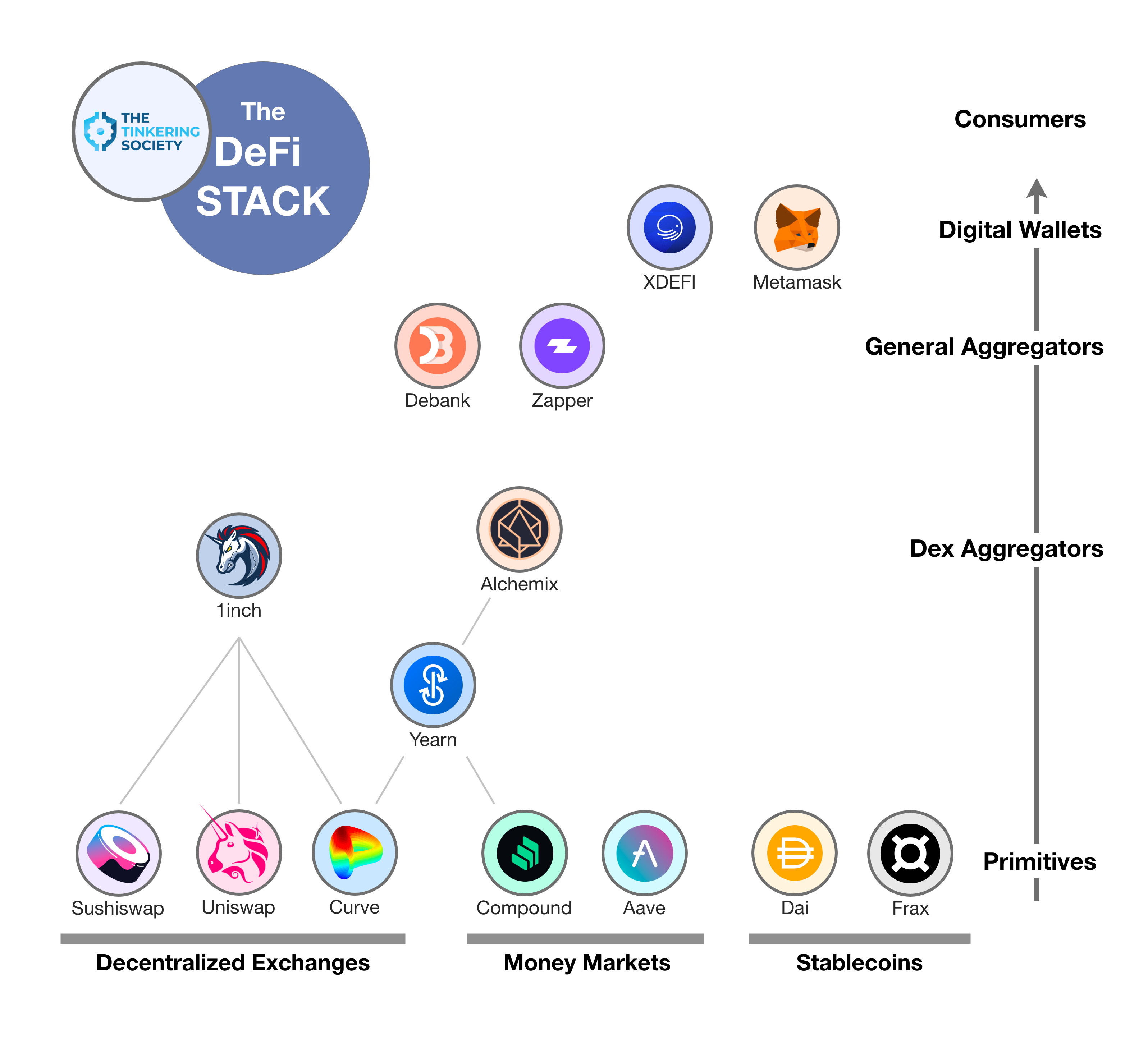Strategic Positioning in DeFi, Part 1
All DeFi protocols will eventually have to deal with the question of strategic positioning. Here's how Uniswap and 1inch are facing off.
In the traditional business world, being disintermediated from the consumer can place a business in a potentially dangerous situation, especially if the business eventually has to pay the disintermediator for access to the consumer. Note the love-hate relationship many restaurants have with DoorDash and UberEats or the frustration real estate agents feel toward Zillow.
In the internet era, the most common type of disintermediating business is the aggregator. Perhaps the most powerful aggregators in the world are Facebook and Google. The former initially encouraged businesses to build Facebook pages to reach more consumers only to diminish the free reach down to roughly 5% at the time of this writing. Those same businesses now have to pay Facebook to reach even people who liked their pages.
Google holds such a powerful position that businesses dedicate large amount of resources to make sure their website is built and organized in a manor favored by the search engine. An entire industry, SEO, with revenues in the tens of billions has sprouted to meet this demand.
Perhaps most importantly, in consumers’ minds, the brand of the aggregator becomes powerful, while the disintermediated businesses become commodities. A Facebook user doesn’t pay attention to the fact that the article they read via their feed was from the NY Times—but they’ll know the came across it on Facebook.
All DeFi protocols will eventually have to deal with the question of strategic positioning. My previous post dealt with the question of Uniswap’s positioning with respect to 1inch. Uniswap seems resigned to being far away from the trader while at the mercy of 1inch’s direct relationship with him. Uniswap has decided to focus on what they do best: pool liquidity. Indeed Uniswap v3’s concentrated liquidity feature focused on exactly that, and the results have played out well as they continue to dominate DEX trading.
My rough sketch of a part of the Ethereum DeFi protocol stack:

The top of the sketch is where the consumer interfaces with the Defi universe. The bottom of the sketch is where the protocols usually referred to as “primitives” exist. The closer the protocol is to the top, the closer it is to consumers. In our example, 1inch is closer to the top, and hence, closer to the consumer.
To be continued...
(Disclaimer: Obviously, this sketch is imperfect, most protocols’ positioning is yet to be determined, etc.)
// Gaurav Patel